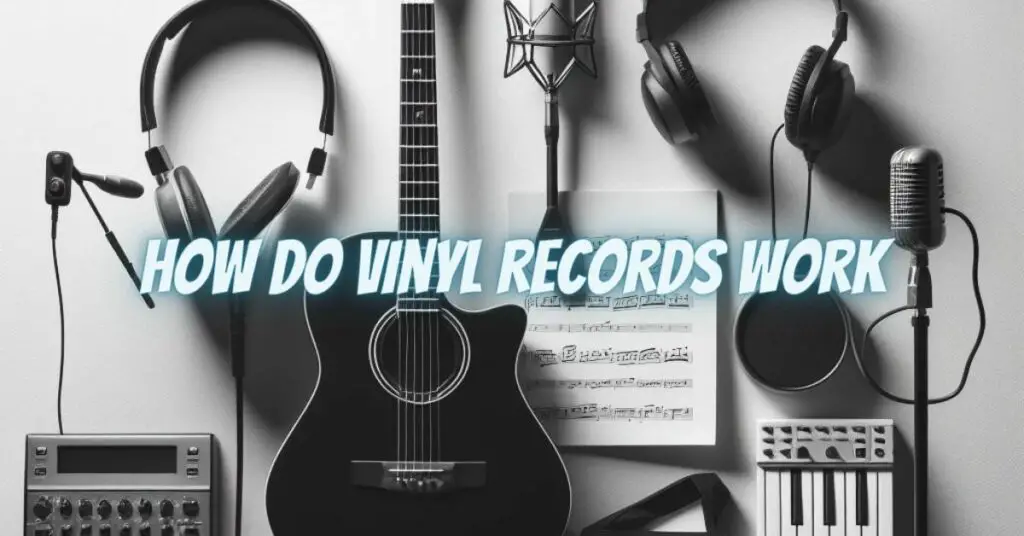Vinyl records work by using a physical representation of the sound waves in the music. The sound waves are converted into a wavy pattern on the surface of the record, and the stylus on a record player reads this pattern as the record spins.
The stylus is a tiny needle that is attached to a tonearm. As the record spins, the tonearm moves the stylus across the grooves. The stylus vibrates in response to the grooves in the record, and these vibrations are converted into an electrical signal by the cartridge that the stylus is attached to.
The electrical signal is then sent to an amplifier, which boosts the signal so that it can be played through speakers. The speakers then convert the electrical signal back into sound waves, which we can hear.
Here is a more detailed explanation of the process:
- The sound waves from the music are converted into an electrical signal by a microphone.
- The electrical signal is then processed by a recording console.
- The recording console converts the electrical signal into a wavy pattern that is cut into the surface of a master disc.
- The master disc is then used to create a stamper, which is a metal disc with a negative image of the grooves in the master disc.
- The stamper is then used to press vinyl records.
- When a vinyl record is played, the stylus on a record player reads the grooves in the record.
- The stylus vibrates in response to the grooves in the record, and these vibrations are converted into an electrical signal by the cartridge that the stylus is attached to.
- The electrical signal is then sent to an amplifier, which boosts the signal so that it can be played through speakers.
- The speakers then convert the electrical signal back into sound waves, which we can hear.
Vinyl records have a number of advantages over other audio formats, such as CDs and digital files. Vinyl records have a warmer, more natural sound than other formats. They also have a more tactile experience, as you can see and feel the record spinning as it plays.
Vinyl records are also more durable than other formats. CDs and digital files can be easily damaged, but vinyl records can be played many times without being damaged.
However, vinyl records also have some disadvantages. They are more expensive than other formats, and they can be more difficult to store and transport. Vinyl records are also more susceptible to surface noise and skipping than other formats.
Overall, vinyl records are a great way to listen to music. They offer a warm, natural sound and a tactile experience that is not found in other formats. However, they are more expensive and more difficult to store and transport than other formats.


